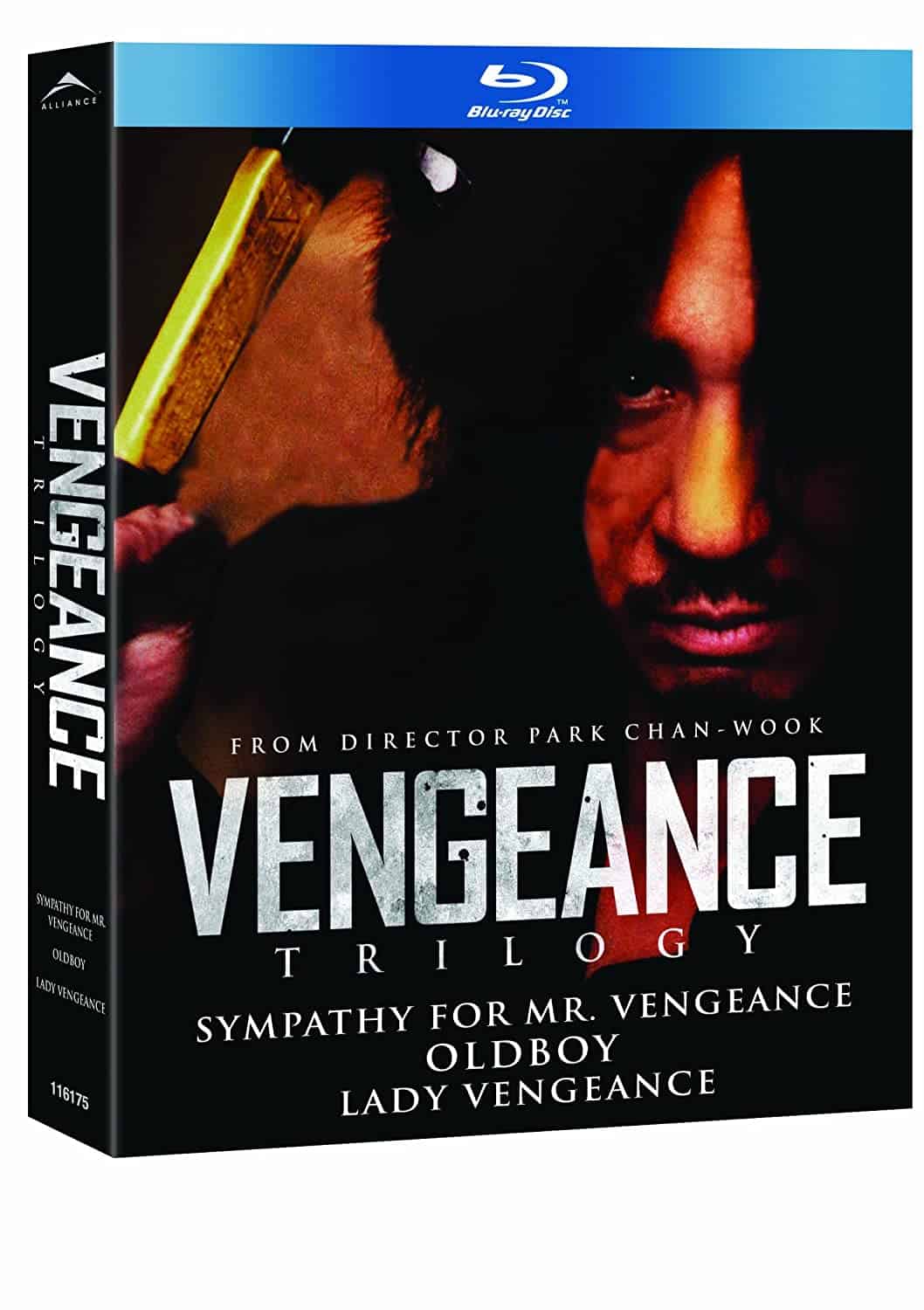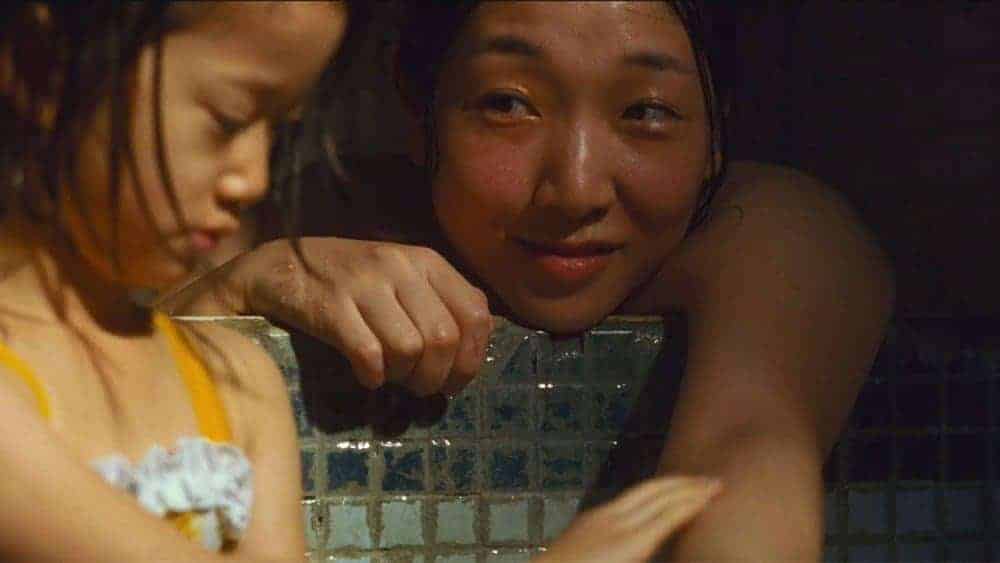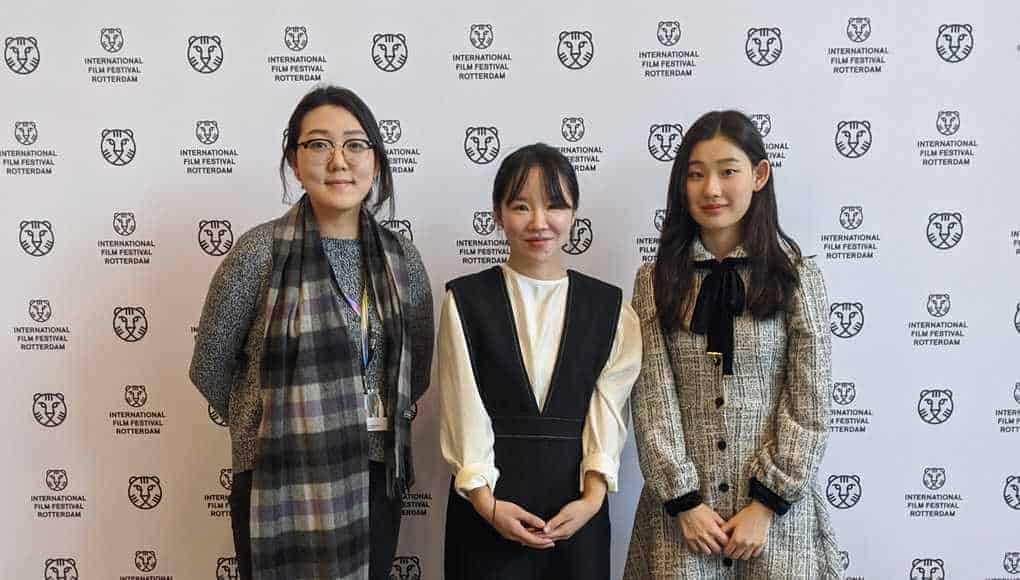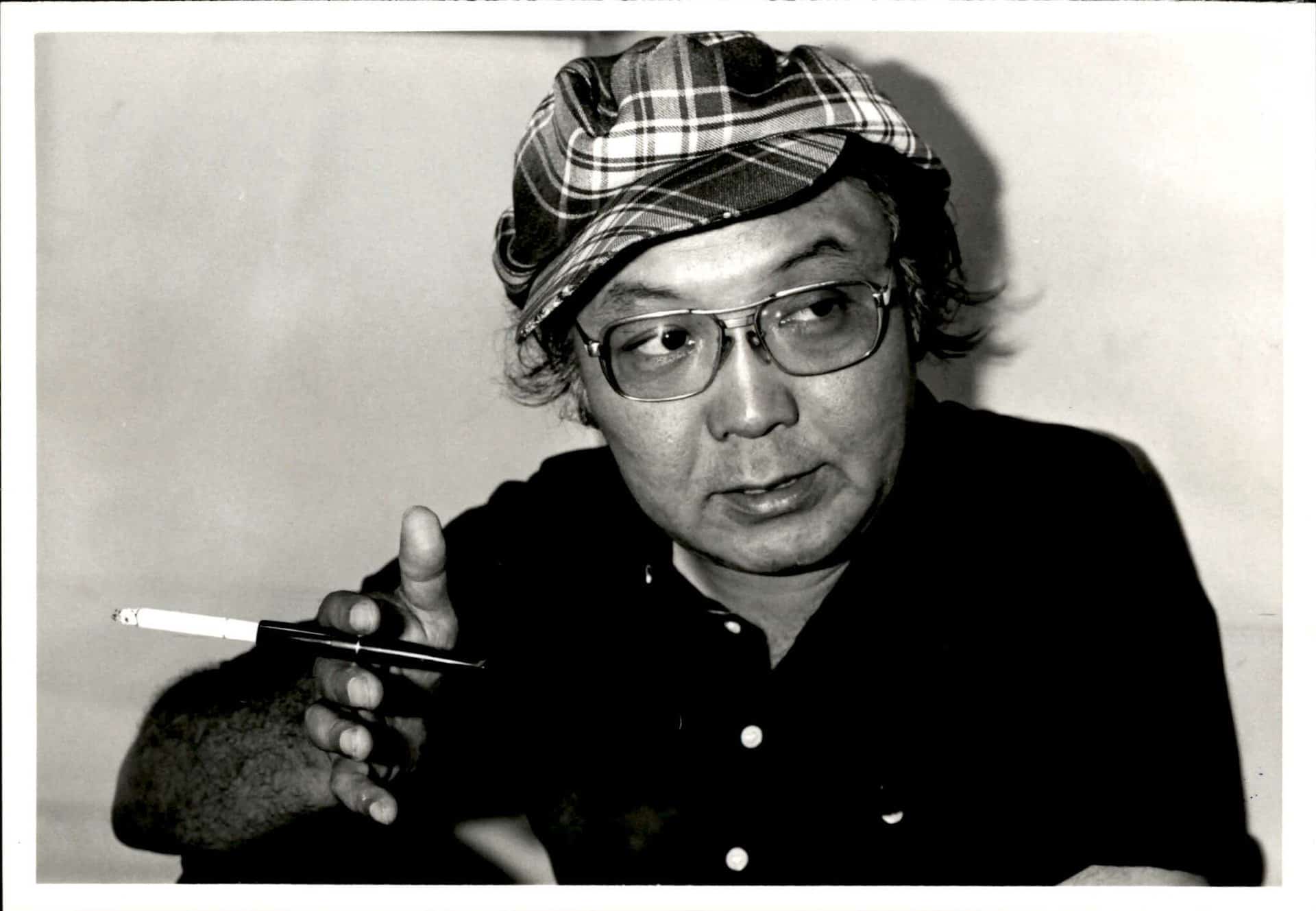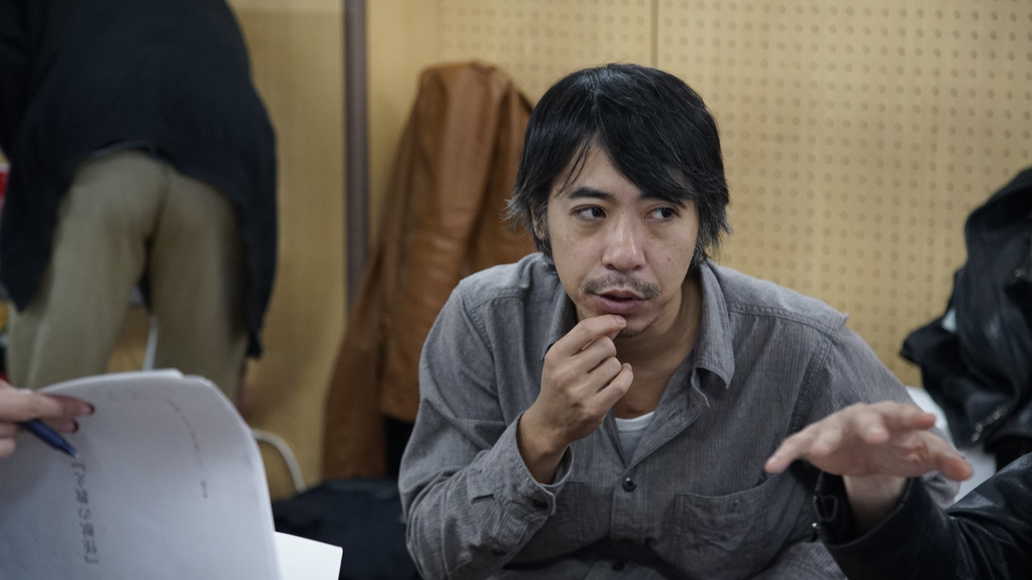21. Missing You (Mo Hong-jin, 2016, S. Korea)
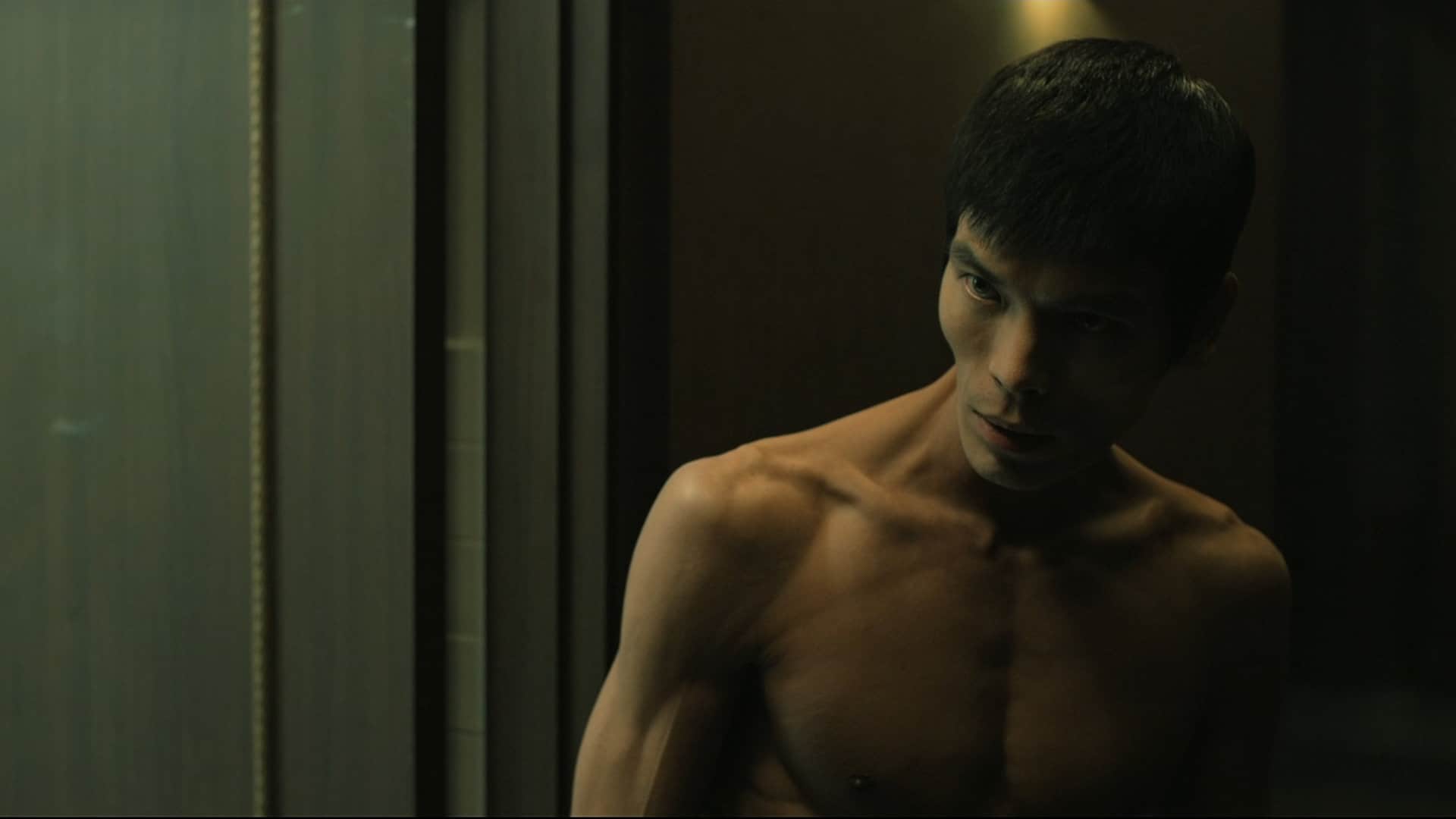
““Missing You” is a great thriller which easily makes up for some of its weak points due to its performances and its aesthetic approach. Mo Hong-jin certainly proves once again his affinity and talent for the genre, and with perhaps some more fine-tuning can deliver a truly magnificent genre entry in his next feature.” (Rouven Linnarz)
22. Museum (Keishi Otomo, 2016, Japan)

Otomo manages to take the repeatedly used themes of the aforementioned Hollywood movies and present a unique mixture by placing them in a Japanese setting. The demise of Sawamura is paired and deriving from the “so close, but not quite there” theme that appears repeatedly as the perpetrator seems to mock him and the police, outsmarting them a number of times. In this fashion, Otomo explains the reasons behind the protagonist being a nervous wreck, and at the same time retains an agony that extends until the point the criminal is revealed. The general aesthetics of the film, up to that point, are much like “Seven”, while, after that point, become more like “Saw”, with the grotesque images and the claustrophobic setting taking charge, although the agony remains until the quite ominous ending. (Panos Kotzathanasis)
The article continues on the next page
23. No Mercy (Kim Hyeong-jun, 2010, S. Korea)
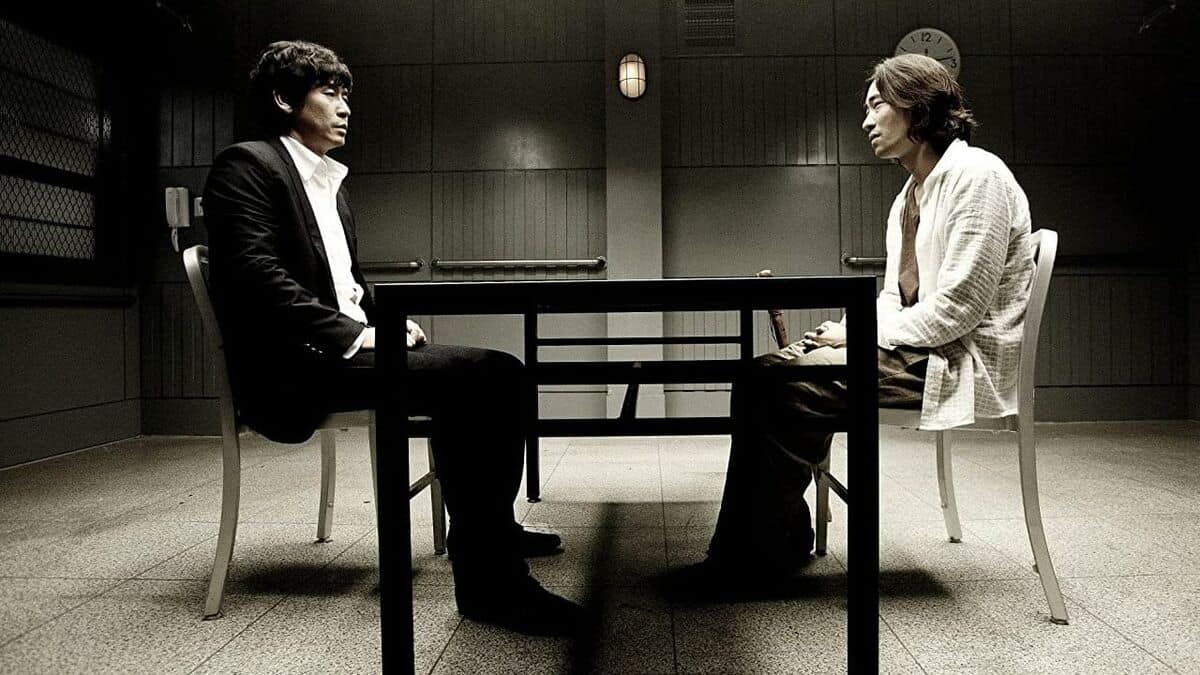
Kim Hyeong-joon signs a magnificent debut in both direction and scriptwriting. His style is characterized by directness, without any compromises in depiction, as it becomes evident with the scene of the autopsy and a number of sex scenes, whose purpose is not to shock, but to strengthen the element of agony. Additionally, the script entails a plethora of plot twists that keep the tension throughout its whole duration. Another point of excellence, which only Korean filmmakers seem to include so frequently in their films, is that the culprit is known from the beginning and the film focuses on the effort for his conviction rather than the search for the guilty one, as is usually the case in Western productions. Some naive flaws, both in the direction and in the script do exist, although not to a degree to ruin the movie. (Panos Kotzathanasis)
24. Perfect Blue (Satoshi Kon, 1997, Japan)

Kon focuses on the association between reality and presumed reality, using the archetype of the pop idol as example. The actual personality of the artist is in contrast to the personality the fans witness, which is the one that becomes apparent on stage. According to Kon, cinema can undermine reality, revolting against the human mind that almost exclusively receives images from the actual environment. The question he presents is clear: why should an image emerging from facts in the material world be truer than one emerging from the human mind? Kon's Weltanschauung, which is present in all of his films, resides upon this particular questioning.
25. Raman Raghav (Anurag Kashyap, 2016, India)

Anurag Kashyap, the director who made an international name for himself with “Gangs of Wasseypur”, has a touch for dark thrillers. Raman Raghav 2.0 is very loosely inspired by the case of Raman Raghav, a killer operating in Mumbai (then Bombay) in the mid-60s, and it is not a period movie. The director exploits the cat and mouse chase formula, but as you may expect from Kashyap, there's no good vs. evil opposition, only many shades of black, gore violence, and exploration of toxic patterns of masculinity. Nawazuddin Siddiqui as the killer and Vicky Kaushal as assistant commissioner of police give a hell of performances. (Joanna Konczak)
26. Sympathy For Lady Vengeance (Park Chan-wook, 2002, S. Korea)

Park Chan-wook presented the extremes an individual can reach when they find themselves in desperate situations. Revenge, the central theme of the film, results from the aforementioned situations and is presented in four axes. Ryu wants to exact revenge from those who tricked him. Yeong-mi wants to exact revenge from the “Capital.” Dong-jin wants to exact revenge from those who kidnapped his daughter. Yeong-min's fellow terrorists want to exact revenge for their comrade. In this fashion, Park wanted to present the futility of revenge, as all of the aforementioned succeed in their purpose but gain nothing from it. Quite the contrary, actually.
27. Tagos ng Dugo (Maryo J. de los Reyes, 1987, Philippines)

Beautiful may be an odd way to describe a movie about gratuitous killing, but this is what “Tagos ng Dugo,” a 1987 Filipino film helmed by the late great Maryo J. de los Reyes is. It's a beautiful film whose delicate, masterful use of lighting and jarring but at the same time solid camerawork brought out the inimitable ugliness of inner tumult and mental torture. The movie is about Pina, a girl who witnessed her family get killed while she had her first monthly period. The trauma now served as a trigger for her to kill men every time she would have her menstruation. In this sense, the movie is not only technically beautiful, but substantially brave and bold, as it turns an issue often mocked and misunderstood by men and the society, that of a women's monthly period, as a springboard for parsing gender bias and the egregious stigmatization and dismissal of the many kinds of pain that a woman has to endure and sometimes never heal from. Vilma Santos, the multi-awarded actress who plays Pina, gives such effulgence performance here, switching from the quiet, cunning, promiscuous serial killer to a woman conflicted by her inability to rein in her desire to kill. (Purple Romero)
28. Tell Me Something (Jang Yoon-hyeon, 1999, S. Korea)

“Tell Me Something” begins with a bloody, brutal and outright gory murder and rarely lets up in these department. But it never rests its laurels on shock value, weaving a web of intrigue and mystery, anchored by a solid Han Suk-kyu performance (is there ever any other kind of a Han Suk-kyu performance?!) and a steely, ice-cold femme fatale act from the lovely Shim Eun-ha. (Rhythm Zaveri)
29. The Chase (Kim Hong-seon, 2017, S. Korea)

An OAP version of the serial killer film might not be the greatest of sales pitch for a film, but Kim Hong-sun's feature scores thanks to a intricately detailed characters, a fairly satisfactory central mystery and two terrific performances from veterans Baek Yoon-sik and Sung Dong-il. If for nothing, watch it for one of the greatest headbutts in the history of cinema! (Rhythm Zaveri)
30. The Detective (Oxide Pang Chun, 2007, Hong Kong)

Oxide Pang's neo-noir take of a detective tasked with finding a girl who may be involved in a series of murders brings a number of twists in the tale, most of which hit home, and a lot of style to the narrative. While it may have a number of genre cliches, the feature still remains an important one in lead star Aaron Kwok's filmography showcasing his progression as an actor. (Rhythm Zaveri)





